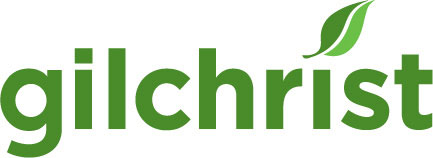Reduce the “Rewards and Incentives” Luring For-Profits into Hospice, Researchers Argue in New Report
Reduce the “Rewards and Incentives” Luring For-Profits into Hospice, Researchers Argue in New Report
The federal government should take immediate action to reduce the “rewards and incentives” drawing profit-seeking investors into hospice care delivery and conduct better oversight of the rapidly changing industry, according to a new study published by the Gerontological Society of America.
In the report, titled “The Effect of Private Equity on Hospice,” researchers explain how profit-seeking providers have transformed the industry in recent years, explore what the transition has meant for patients and their loved ones, and propose policy changes they believe will promote the quality and integrity of care.
For-profit hospice providers
For-profit hospice providers have exploded in number this century. In 2000, they accounted for just 30 percent of all hospices, while nonprofits dominated the field. By 2020, they represented more than 70 percent of the total. Private equity (PE) investors seeking attractive financial returns have fueled this transformation. There are currently more than 5,000 hospice programs nationwide providing $22.4 billion in end-of-life care for roughly half of all Medicare decedents each year.
“The recent growth in PE ownership of hospices is driven in part by the high profit margins that can be achieved by serving patients with low costs, long length of stays, and discharging patients alive when their costs exceed reimbursement,” claim the report’s authors, G. Lawrence Atkins, Joan M. Teno, and Ethan McChesney.
For-profit hospice providers today generate an average profit margin of 19.2 percent, compared to only 6 percent for nonprofits, they claim. They’re able to produce these results by keeping costs down and the number of days on service up for patients. For instance, nonprofit hospices provided 10 percent more nursing visits, 35 percent more social worker visits, and three times as many therapy visits as for-profit hospices, according to data collected by the actuarial accounting firm Milliman. And the average length of stay of for-profit providers in 2020 was 115 days compared with 73 days for nonprofit providers.
The authors are clearly concerned about what the shift might mean for patients going forward. “The financial objectives for the business model for PE investment are fundamentally at odds with the purpose of hospice and the quality and experience of care that patients and families expect,” they write.
And without change, there’s no reason to think the transition will do anything but accelerate, they say. “The aging of the U.S. population will only increase the rewards for PE.”
Gilchrist is a nonprofit hospice, meaning that it does not operate with the objective of generating financial gain. Instead, the organization reinvests all proceeds into patient care and programming. In this way, nonprofits have an undivided focus on patients.
Recommendations for change
As part of their report, the authors identified a number of possible policy changes, including:
- Placing a moratorium on Medicare certification of new hospices in areas where there has recently been an “unjustifiable” increase in new hospices;
- Tightening survey and certification of new hospices and improving enforcement of existing requirements for Medicare certification;
- Changing the basis for hospice eligibility;
- Replacing the per diem payment; and
- Prohibiting provider-initiated live discharges.
To learn more about this important issue, click here.


